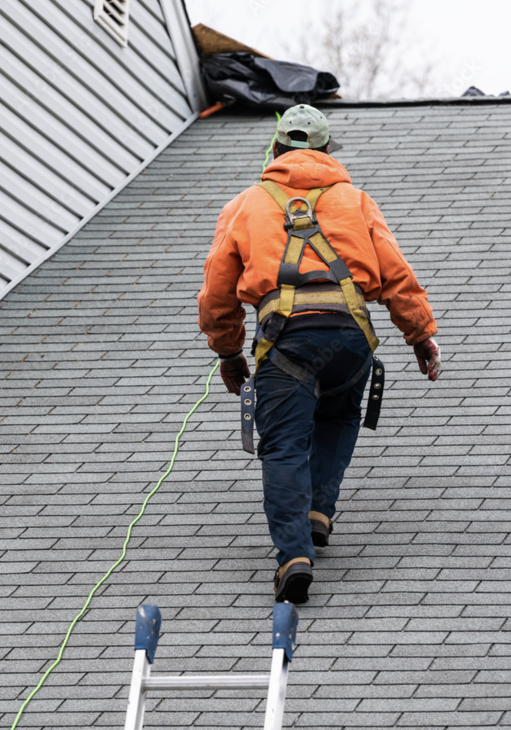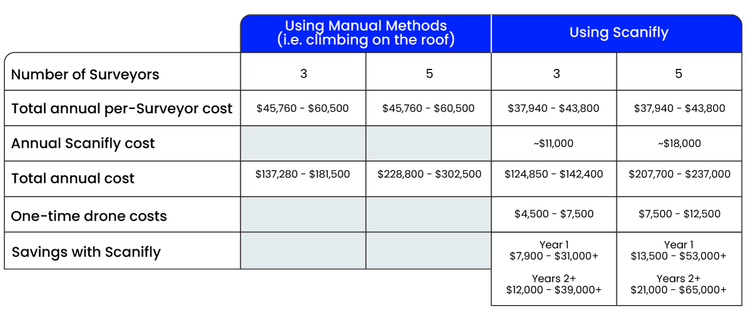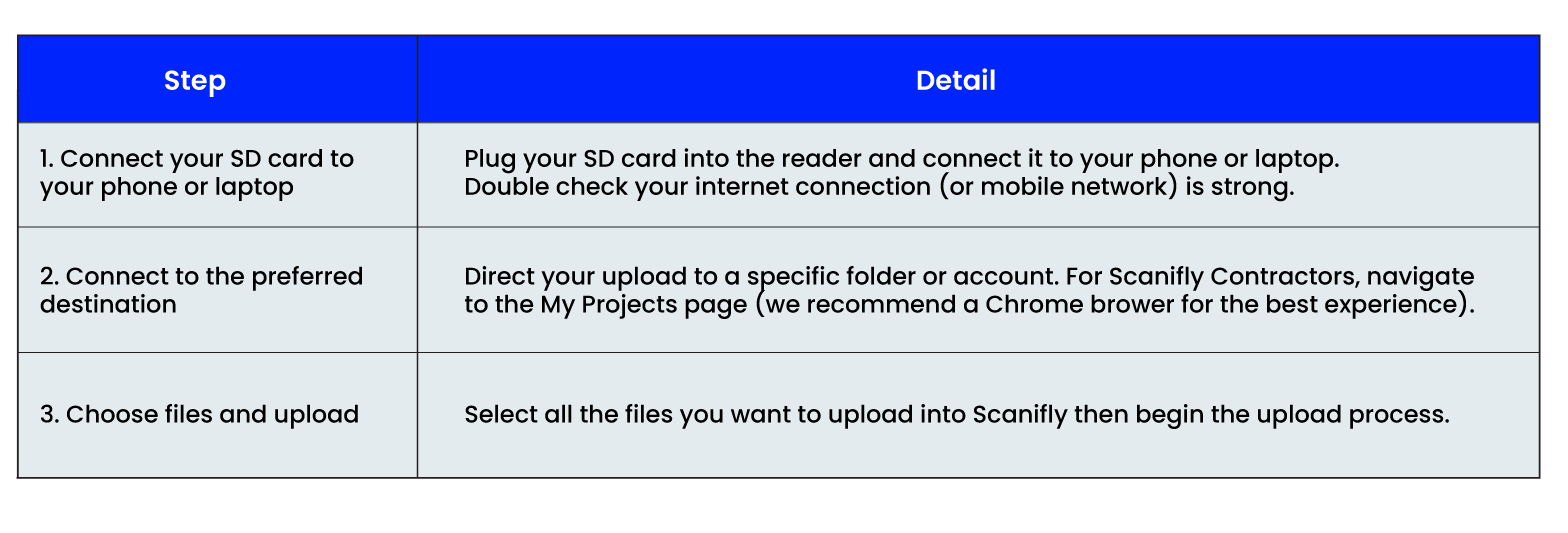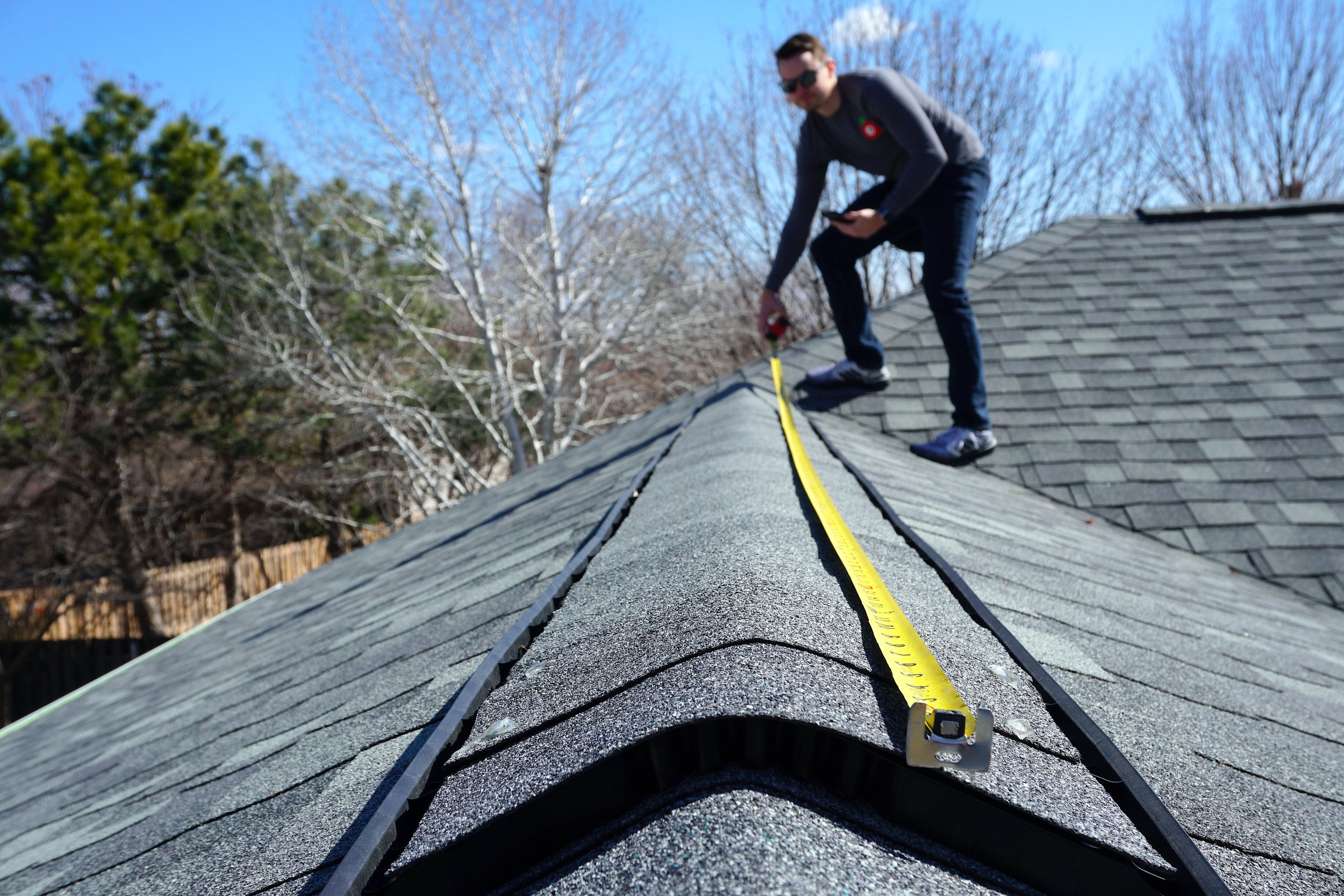Running a solar contracting business at scale requires a lot of expenses that can add up. However, there is one big expense—insurance and workers’ compensation for Surveyors who go on roofs—that may no longer be necessary.
By investing in technology like drones and a data capture app, Surveyors can stay off the roof. The result is that even small teams of only 3-5 Surveyors could realize up to $65,000 (or more) in annual savings.
Here’s how the savings work, and why it’s worth your time to look into it.
The true cost of manual surveying
Beyond salary and benefits, a Surveyor climbing on roofs accounts for significant expenses.
When a Surveyor has to climb on roofs, they are classified as a high-risk worker, meaning insurance premiums can easily be 5-10x or more than employees who don’t climb on roofs. Every Surveyor also needs handheld measuring tools (e.g. tape measure and scratch paper) and a big ladder. Depending on the job, your Surveyors may also need harnesses, a SunEye or Pathfinder for shade analysis, and possibly a large van or truck to carry all those tools.

For finance leaders, these are high costs as the vast majority of Contractors have Surveyors conduct on-site surveys at some point before construction. On top of hard costs, accidents are always a risk. Surveyors know this already, with 60% saying they don’t feel safe on roofs and 56% saying the least enjoyable part of their job is capturing roof data. Further, dropping equipment off the roof is not uncommon. All of these accidents can cause irreparable harm to not just that employee’s life but also your company’s culture, reputation, and ability to hire talented individuals.
One change eliminates thousands in annual costs
If you can eliminate the need for roof climbs for surveying, you can significantly reduce or eliminate your backend costs. However, you still need to capture granular roof and site data, in order not to compromise the quality of a design and install. Satellite and other aerial imagery will not suffice; using drone technology is the only option at the moment. The cost savings from insurance alone can more than pay for the set-up costs of a drone program.
Here’s how the benefits stack up:
-
Surveyors can drive their own vehicles or much less expensive, smaller company vehicles.
-
Surveyors won’t need expensive, clunky tools for roof climbs.
-
For some companies, you won’t need two surveyors for complicated, old, or steep roofs. One surveyor will suffice.
-
Surveyors can be reclassified from high-risk workers to a clerical or other “on-the-road” type of employee.
Here are the financials per surveyor:

Even after including the cost of purchasing a drone and paying for Scanifly’s software, the per-Surveyor delta of manual methods compared to drones is between $7,500 and $16,000 in favor of creating a drone program. If you extrapolate these savings across a site survey team, including average Scanifly software costs, the savings can be up to $65,000 or more.
Let’s further explore costs across teams of 3 and 5 Surveyors (note: these are based on the above per-Surveyor figures):

Surveyors with drone skills tend to command higher salaries. However, this additional cost is not only covered in savings from insurance, but it’s also absorbed through capacity. Drones make Surveyors up to 5x more efficient, even with enormous commercial jobs covering millions of square footage, so you unlock significant employee capacity.
Drones also bring more efficiency and accuracy to your design and procurement process, by eliminating revisions or rapidly speeding up project timelines, so the additional pay for Surveyors delivers benefits throughout the entire project lifecycle.
See the savings for yourself
These numbers are based on averages, so we can’t make any promises. That said, we’re confident it’s worth a look to see if you can both reduce insurance costs and find additional efficiencies like only needing to send one Surveyor to a site rather than two or three.
We also realize that sometimes, your team may need to climb on the roof. That’s ok! We know that testing roof structure or shingle health, especially when the attic isn’t accessible, is essential. You can and should price in either temporary insurance for specific days or look into keeping insurance for a specialist Surveyor while reclassifying others. This will look different from organization to organization, so the key is to look at what you need.
What we’re proposing is simple: Staying off or at least minimizing roof climbs is a way to keep Surveyors safer and reduce hidden costs. Investing in drone technology and Scanifly’s platform means you improve accuracy at the same time. For all the potential benefits, it’s worth your time to investigate, and it could pay for some or all of the costs.






